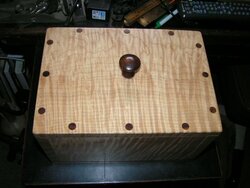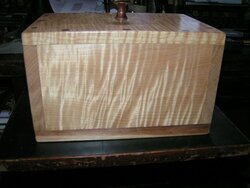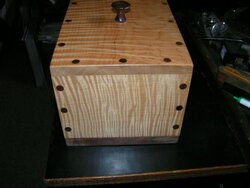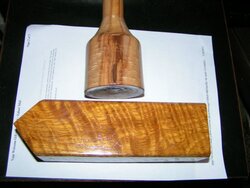So, for background, I happen to be a junkie for extreme figure in wood.
I've seen rifles with walnut or maple stocks that have a 3-d depth of figure that varies wildly when you look at them from different angles, and in each case, it seems almost like you are looking down into a hologram, it has such shifting variability and depth. Truly love tiger stripe walnut in furniture, and it can exhibit the same variability based on angle, along with mesmerizing depth. Edit- some birch, especially yellow birch, seems to occasionally also display some stunning figure.
I am really curious how a substance that is so inherently as opaque as wood can have such angle-variable almost holographic depth as really amazing wood grain can exhibit.
I've googled around but not found anything that really delves into the physics or optics, nor have I read any explanations of what causes this figure to occur.
Anyone got any light to shed on this?
Thanks
I've seen rifles with walnut or maple stocks that have a 3-d depth of figure that varies wildly when you look at them from different angles, and in each case, it seems almost like you are looking down into a hologram, it has such shifting variability and depth. Truly love tiger stripe walnut in furniture, and it can exhibit the same variability based on angle, along with mesmerizing depth. Edit- some birch, especially yellow birch, seems to occasionally also display some stunning figure.
I am really curious how a substance that is so inherently as opaque as wood can have such angle-variable almost holographic depth as really amazing wood grain can exhibit.
I've googled around but not found anything that really delves into the physics or optics, nor have I read any explanations of what causes this figure to occur.
Anyone got any light to shed on this?
Thanks






